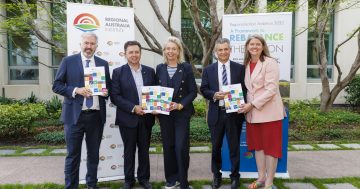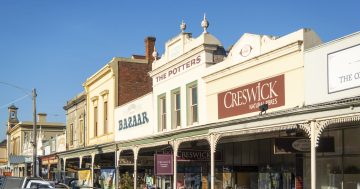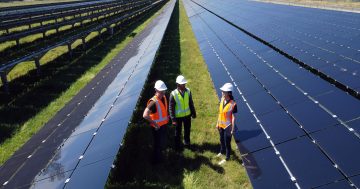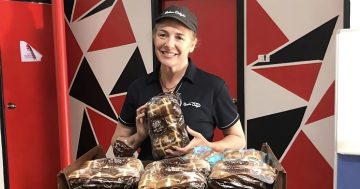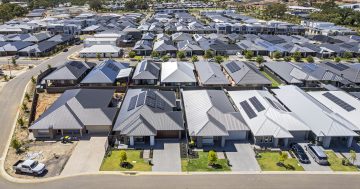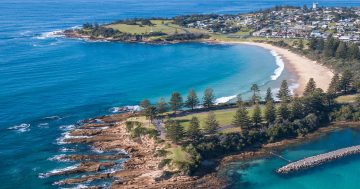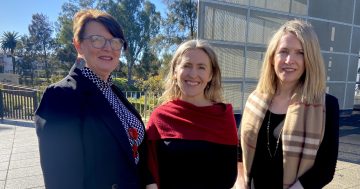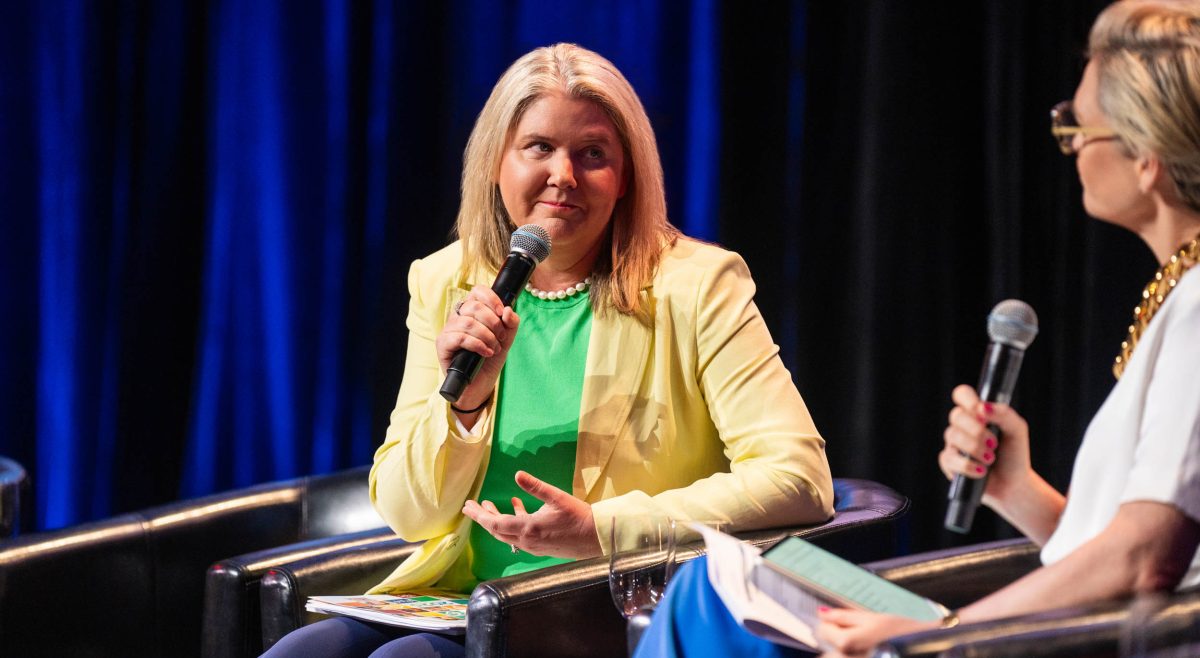
Liz Ritchie, CEO of Regional Australia Institute. Photos: Supplied.
The call has gone out for regional voices to be heard in boardrooms in government and industry to ensure decisions made have a real understanding of the challenges of regional life.
Regional Australia Institute (RAI) CEO Liz Ritchie said she was often the only regional representative on committees and that had to change.
“Regional Australia is already on the cusp of 40 per cent of the population,” she said. “It produced 38 per cent of Australia’s goods and services and 40 per cent of city dwellers want to relocate, so we have started calling for 40 per cent carve outs.”
Given regional Australia’s growth projections RAI believes it is more important than ever to have voices at the table so that regional Australia can be better understood.
Established in 2011, RAI’s focus is producing research and different ways of understanding life in regional Australia.
In October RAI produced its third annual report card that tracks 25 metrics of liveability in regional and metropolitan Australia.
Ms Ritchie said when city dwellers looked to move to regional areas, they considered jobs, housing affordability and liveability. That included healthcare, education, community services and amenities, and connectivity, both physical transport and technological communications.
“The more amenities and connectivity we have, the better dispersed the population would be,” she said. “That speaks to the essence of why we do this work. How do you get a settlement plan? What will Australia look like in 20 to 40 years?”
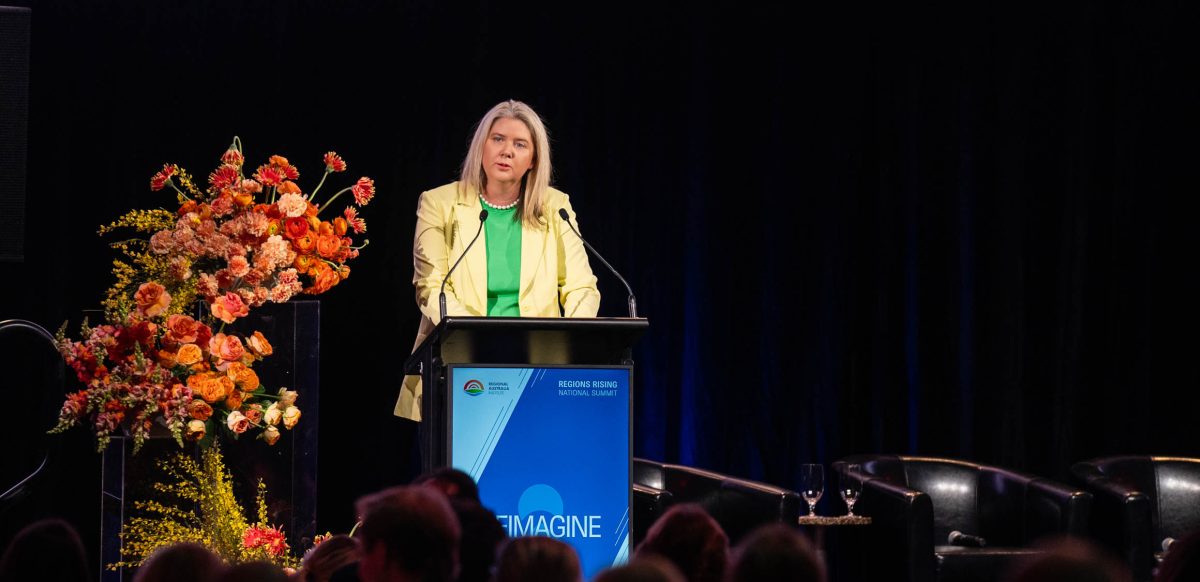
Regional Australia Institute CEO Liz Ritchie lives in the Far South Coast and leads RAI remotely.
Ms Ritchie said while 18 metrics of the annual report card improved, overall progress was too slow given regional Australia’s expected population by 2032.
Data from RAI’s dashboard tracking progress shows building approvals in the Bega Valley and Eurobodalla shires are lagging the average of regional NSW and the shires’ population growth.
Approvals in Bega Valley fell from 207 to 191 in the 12 months to June 2025 while Eurobodalla’s approvals dropped from 271 to 189. Meanwhile the Far South Coast’s population continued to rise.
For context, across regional NSW building approvals fell 0.9 per cent compared with a 22 per cent rise in metropolitan NSW.
Rental vacancy rates in Eurobodalla (3.1 per cent) are higher than regional NSW (2.1 per cent), but those in Bega Valley are well below at 1.4 per cent.
Far South Coast residents are accessing more Medicare services per person (around 16.5) than the average regional NSW person (11.7).
The number of medical practitioners per 100,000 Eurobodalla residents is 281, below regional NSW’s 334 and much lower than Bega Valley’s 371.
Of the 25 metrics RAI tracks, Ms Ritchie said the fall in building approvals in regional NSW was alarming and its root cause needed investigating given funding had been given to speed up building.
The Far South Coast has had the triple whammy of losing homes in the Black Summer bushfires, migration from cities to regional areas during COVID with the advent of flexible working, and being a popular holiday destination with a disproportionate number of holiday homes and short-term rentals.
Ms Ritchie said it went back to the lack of planning as population growth had been outpacing building approvals for well over a decade.
It was a complicated and dynamic situation. Penalising people for using properties for holiday homes or short-term rentals, for example, would impact the region’s economy which was geared towards tourism.
“If you move one piece, it sends ripples across all domains of life,” she said. “The only way to resolve some of these very complex facets of life is planning.”
That meant scrutinising data, zooming in and out to identify where the investment was going and working out how to make those places more attractive to live. The other essential piece was opening pathways to speed up approvals.
Granular data from RAI’s dashboard meant people could make plans and track progress. If they made inroads, they knew to continue that path. If not, it meant intervention was required.
For example, if an area had high job vacancy rates but low unemployment, interventions such as migrant sponsorship or very targeted programs to attract city dwellers came into play.
Ms Richie said bringing regional voices to the table was essential to help balance the nation and ensure Australians living and working in regional areas had the same access to services as those in the cities.
Advocating for more women on boards had worked well. Ms Ritchie would like a similar approach for regional Australia’s representation.







